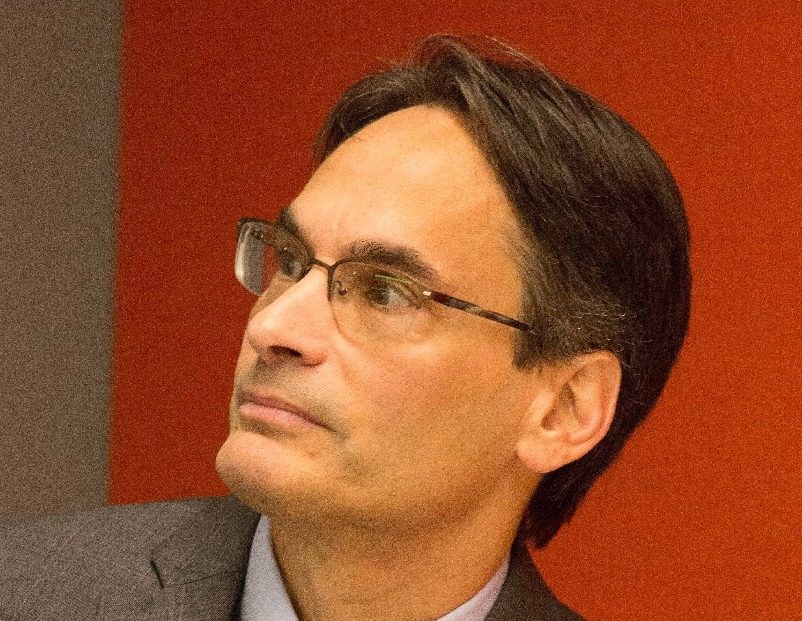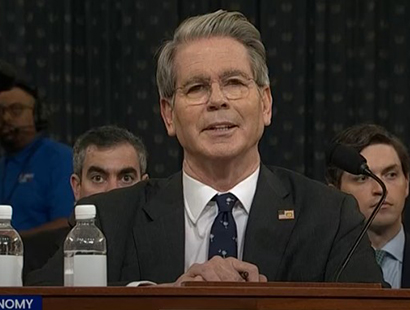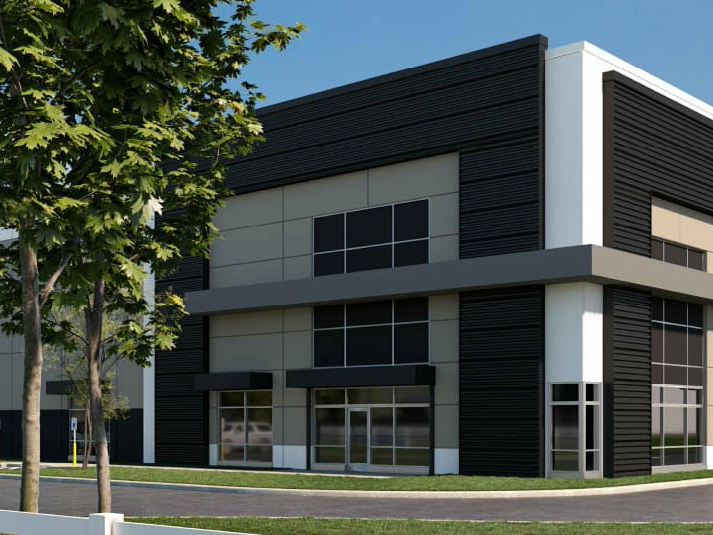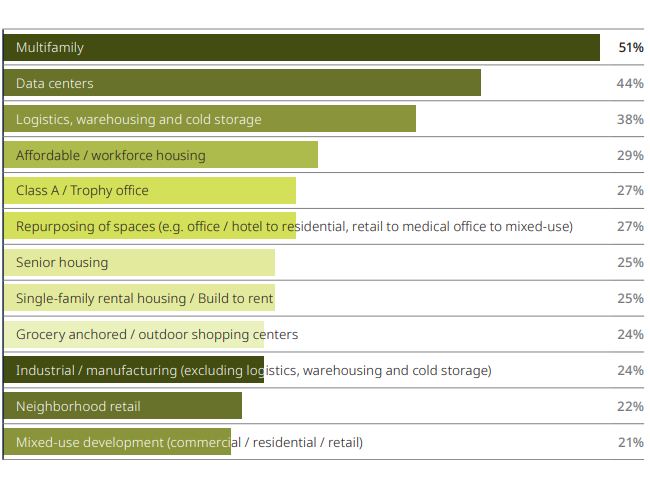Analysis: The Infrastructure Plan, CRE and the Economy
A deep dive into what the proposal would mean for the industry by Paul Fiorilla, director of research at Yardi Matrix.

The $2.6 trillion infrastructure bill unveiled by President Biden this month would not only create jobs and boost economic growth in coming years but could free up increased labor supply and unleash higher productivity in the workforce, according to a variety of economists who have assessed the plan.
An analysis by Moody’s Analytics found that the American Jobs Plan (AJP) would create more than 2.5 million jobs and increase GDP nearly $700 billion by 2025. Meanwhile, the plan’s funding for child care and elder care would also have longer-term impacts on “human capital” by increasing the participation of women and minorities in the workforce, said Diane Lim, a George Washington University economist, during a recent webinar sponsored by the National Association for Business Economics (NABE).
While noting that he has some reservations about the proposal, Moody’s Chief Economist Mark Zandi said, “All in all, it’s a good plan.”
The proposal would also benefit commercial real estate specifically through measures that include building affordable housing through direct funding; incentivizing municipalities to remove zoning barriers; and financing energy-efficient retrofits, according the CRE Finance Council (CREFC).
“Infrastructure investment is long overdue and critical in promoting thriving CRE properties and the communities they serve,” said CREFC Executive Director Lisa Pendergast. “The bill has much to offer, though balancing costs and priorities will be key as Congress moves forward.”
Critics say that the measure is too large, would add to the soaring federal deficit, could unleash inflation, and should avoid areas that are not traditional “hard” infrastructure. Additionally, detractors disapprove of the increase in corporate taxes that would pay for the new spending to make it budget-neutral.
Douglas Holtz-Eakin, president of the American Action Forum and former director of the Congressional Budget Office, argued during the NABE webinar that reversing parts of the 2017 tax law that reduced corporate tax rates from 35 percent to 21 percent would encourage tax aversion. “It makes no sense to unwind that,” he said.
Fixing Infrastructure
The AJP is targeting two major areas, Zandi said: the nation’s severely underinvested, “dilapidated public infrastructure,” and the pandemic-ravaged economy. Real GDP fell 3.5 percent in 2020, according to the Bureau of Economic Analysis, and as of March, employment was still 8.4 million jobs below its February 2020 peak.
Moody’s analysis suggests a large economic impact, though it would take until 2023 to kick in. As written, the bill would create roughly 2.8 million jobs between 2023 and 2026 and add nearly $700 billion to annual GDP, the firm estimates. The impact would then flatten later in the decade.
The bill falls into five main categories, according to CREFC:
- Transportation. The bill includes $621 billion for traditional infrastructure, such as roads, bridges, highways, mass transit and airports. Also included is $174 billion to boost electric vehicle infrastructure by, for example, building a network of EV chargers.
- Climate and resilience. Another $400 billion would go to reduce the impact of climate change. Money would be allocated to mitigate floods and wildfires; modernize drinking water, wastewater and storm water systems; improve broadband; upgrade the electric grid; and conserve public lands.
- Energy-efficient buildings. The proposal allocates some $300 billion to expanding public housing and improving energy efficiency. To address the affordable housing crisis, the plan allocates $213 billion to produce, preserve, and retrofit more than 2 million homes and buildings. Municipalities would be incentivized to eliminate exclusionary zoning that thwarts housing development. This part of the bill also includes tax credits for housing rehabilitation, $40 billion for public housing and $27 billion for energy efficiency retrofits.
- Schools and human services. Nearly $600 billion is directed toward child and elder care. Of that total, $400 billion would be dedicated to purposes including improving care for the aging and people with disabilities; building and upgrading public schools; providing tax credits to encourage business to build and improve childcare; and modernizing facilities operated by the Department of Veterans Affairs.
- R&D, training and manufacturing. About $1 trillion is earmarked for upgrading research infrastructure in areas such as artificial intelligence, biotechnology, and computing; aid to Historically Black Colleges and Universities; alternative energy sources and other climate change-related R&D; strengthening manufacturing chains; unionization; and workplace safety.
The full CREFC analysis can be found here: Policy and Capital Markets Briefing April 12, 2021 (informz.net)
Unleashing Growth
There is widespread agreement among economists that for decades the U.S. has neglected public investment in infrastructure. There also is a broad consensus that improving infrastructure would boost U.S. competitiveness and productivity by—among other things—facilitating transportation capacity, improving the country’s technological foundation, and modernizing the energy grid.
However, critics such as Holtz-Eakin—who called the plan “too many things to too many people”—contend that it would be better to focus on traditional “hard” infrastructure such as transportation. He also questioned Moody’s job creation estimates, which assume that the country will be at or near full employment by 2023. To create that many jobs will be difficult because slack in the labor force will be too small, he said.
Lim of George Washington University, who operates blog called Economistmom.com, disagreed. “It’s not just about getting back to the ‘old’ full employment,” she said, but about “expanding horizons.” Lim noted that the country’s economic potential is diminished when otherwise productive members of the workforce are limited by the need to care for children or elderly parents, which often forces them into flexible but low-wage service jobs.
As a result, the parts of the plan that target less traditional forms of infrastructure would increase economic growth by freeing up women and minorities to participate more fully in the economy, she argued.
Expanding the traditional idea of infrastructure and defining it more broadly is the right policy, she said: “It’s not just a nice thing to do, but a smart thing to do.”







You must be logged in to post a comment.